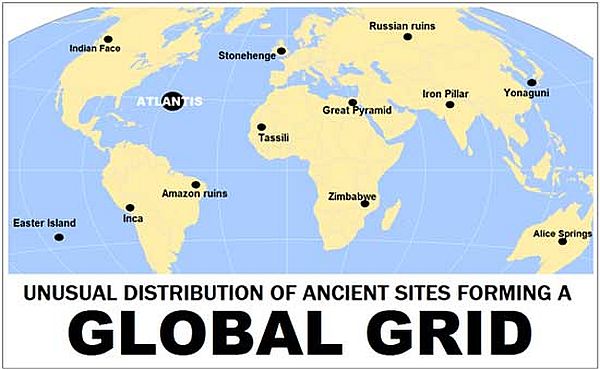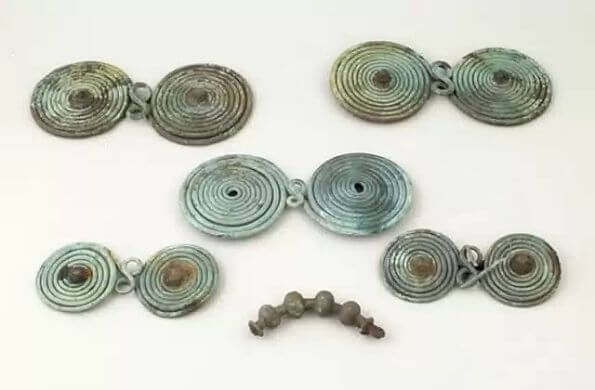Ivan Petricevic – Is it possible that there is a pattern in the ancient monuments that are scattered across the globe? Why is it that numerous monuments across our planet share so many similarities? It seems as if there is a global signature present in all of the monuments that were erected by ancient man. How can science and history explain the fact that around the globe, different cultures and civilizations built very similar monuments… like the Pyramids. Giant structures that can be found from South America to Asia, and mysteriously, they all share great similarities.

Göbekli Tepe is the oldest place of worship in the world. It stands on the highest point of a vast mountain range located about 15 km northeast of the city of Sanliurfa (formerly Urfa / Edessa), in southeastern Turkey near the Syrian border. The place, according to archaeologists, was erected to the X millennium BC, around 11.5 thousand years ago, before the start of the sedentary.
Do you believe a global pattern exists? A Pattern that could help us understand our past, present and future?
Mysteriously, this complex of stone pillars and sculptures was deliberately buried about 8000 BC, remaining abandoned for about 500 years. mysteriously, If you study the details of the pillars and T-shaped stones which weigh up to 60 tonnes that make up the sanctuary, one can distinguish between animal reliefs and other symbols, humanoid god figures, “neolithic gods” with hands located to the sides and which are joined to the front, pointing towards the navel. This posture, according to researchers, is present in many other cultures around the globe and has a sacred meaning. Continue reading

